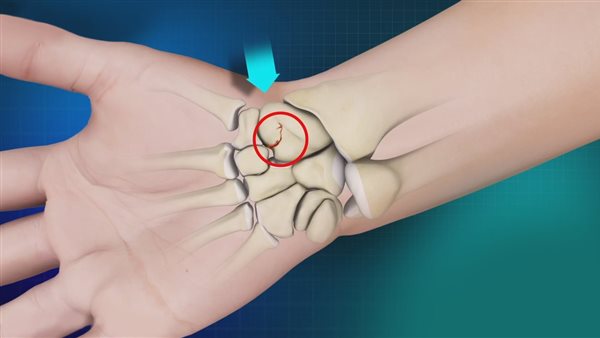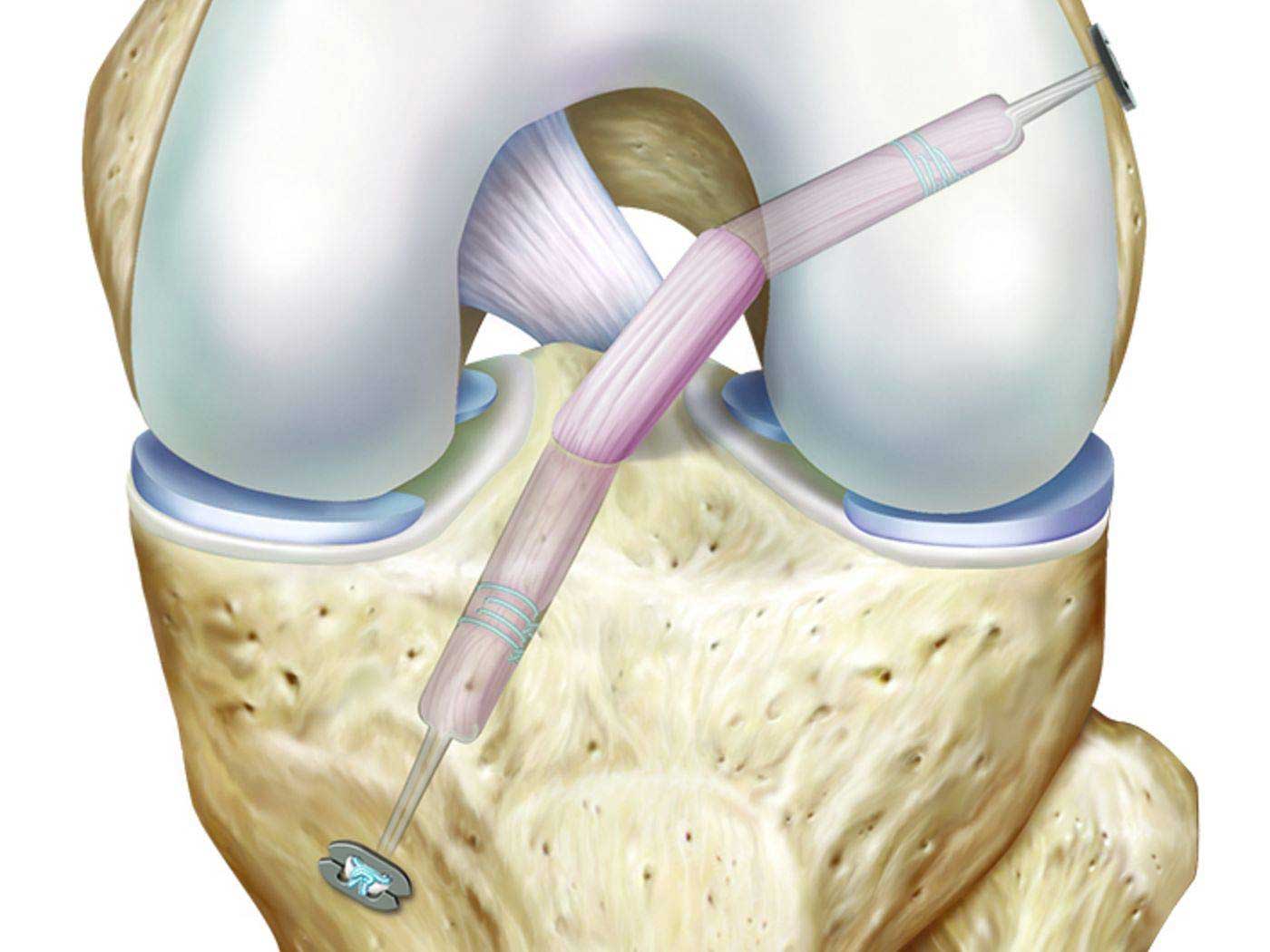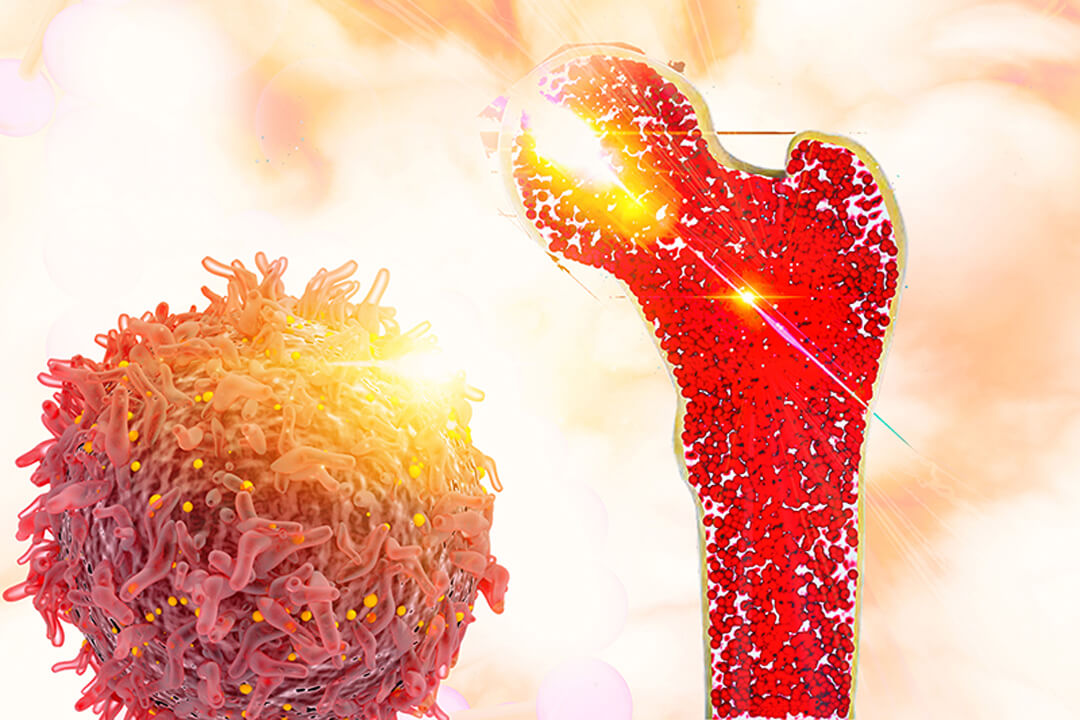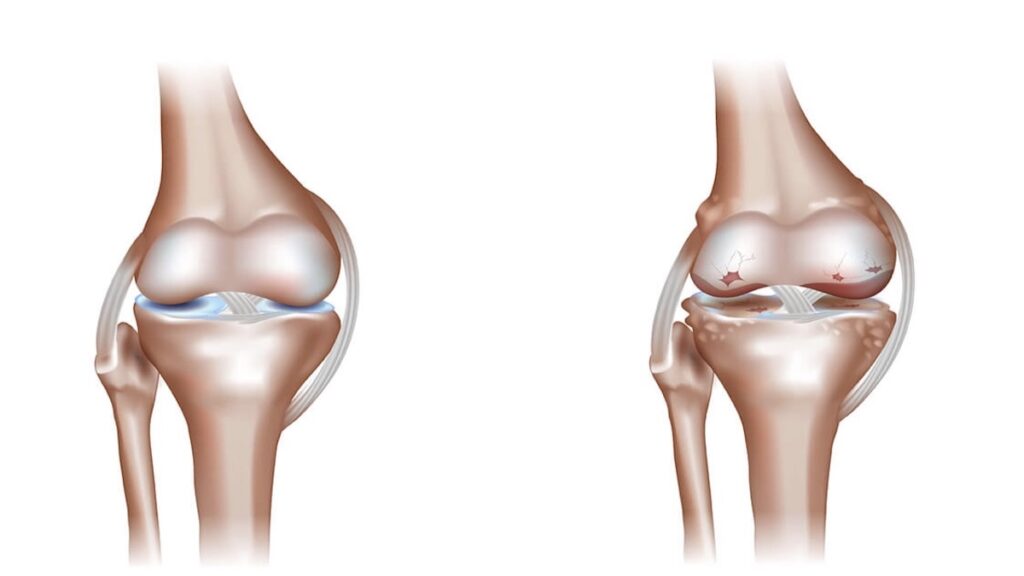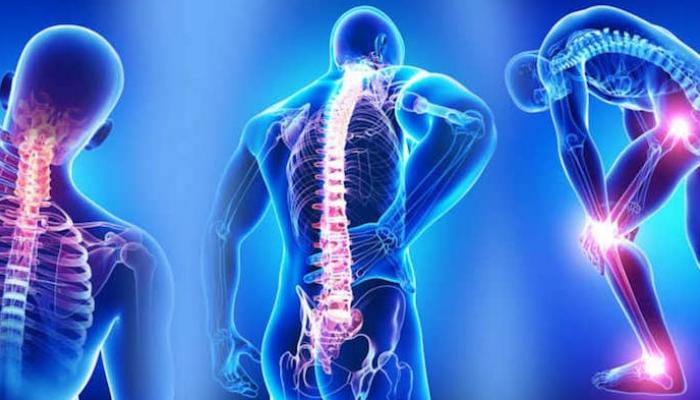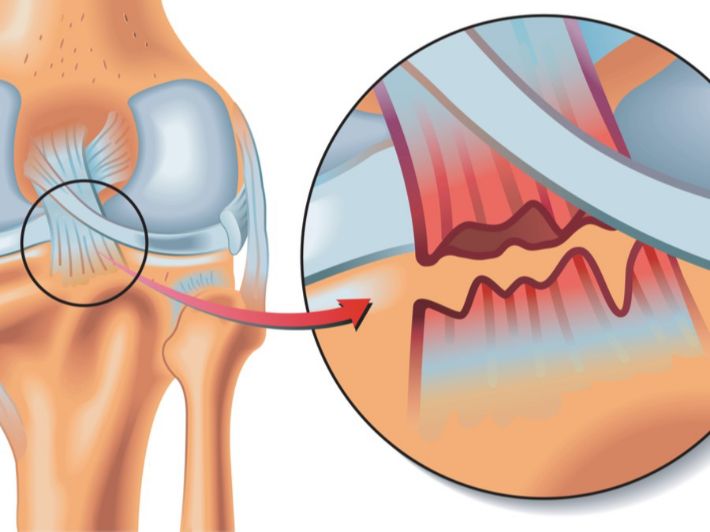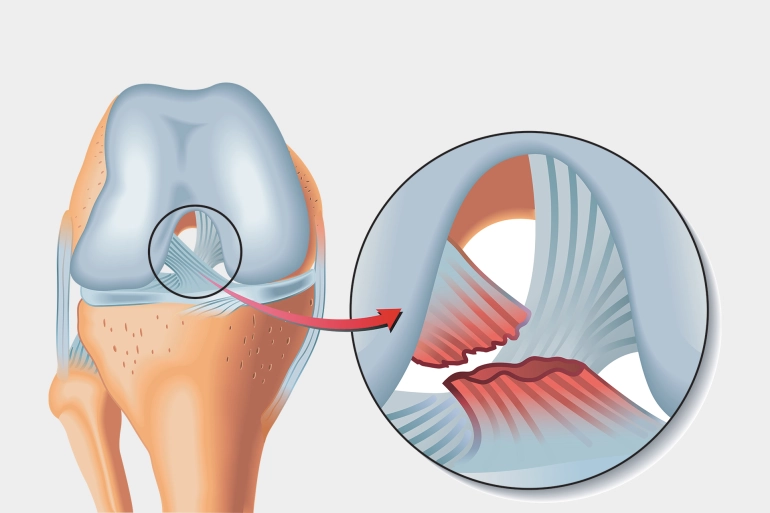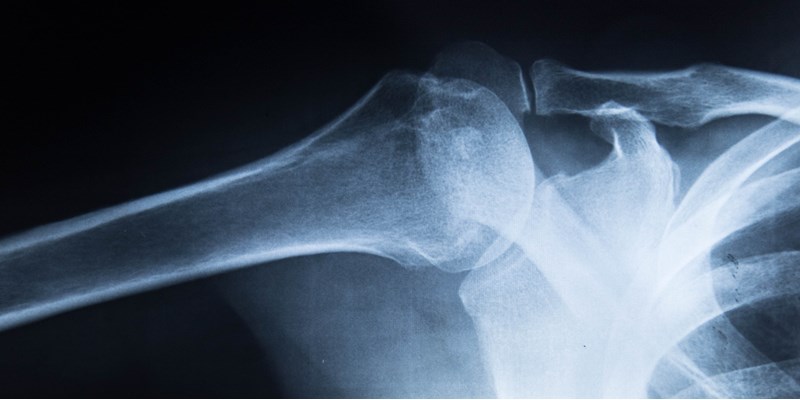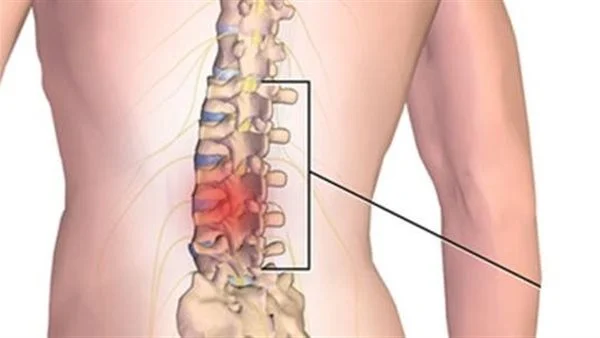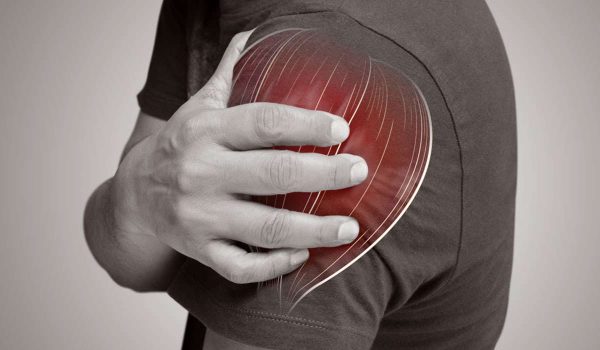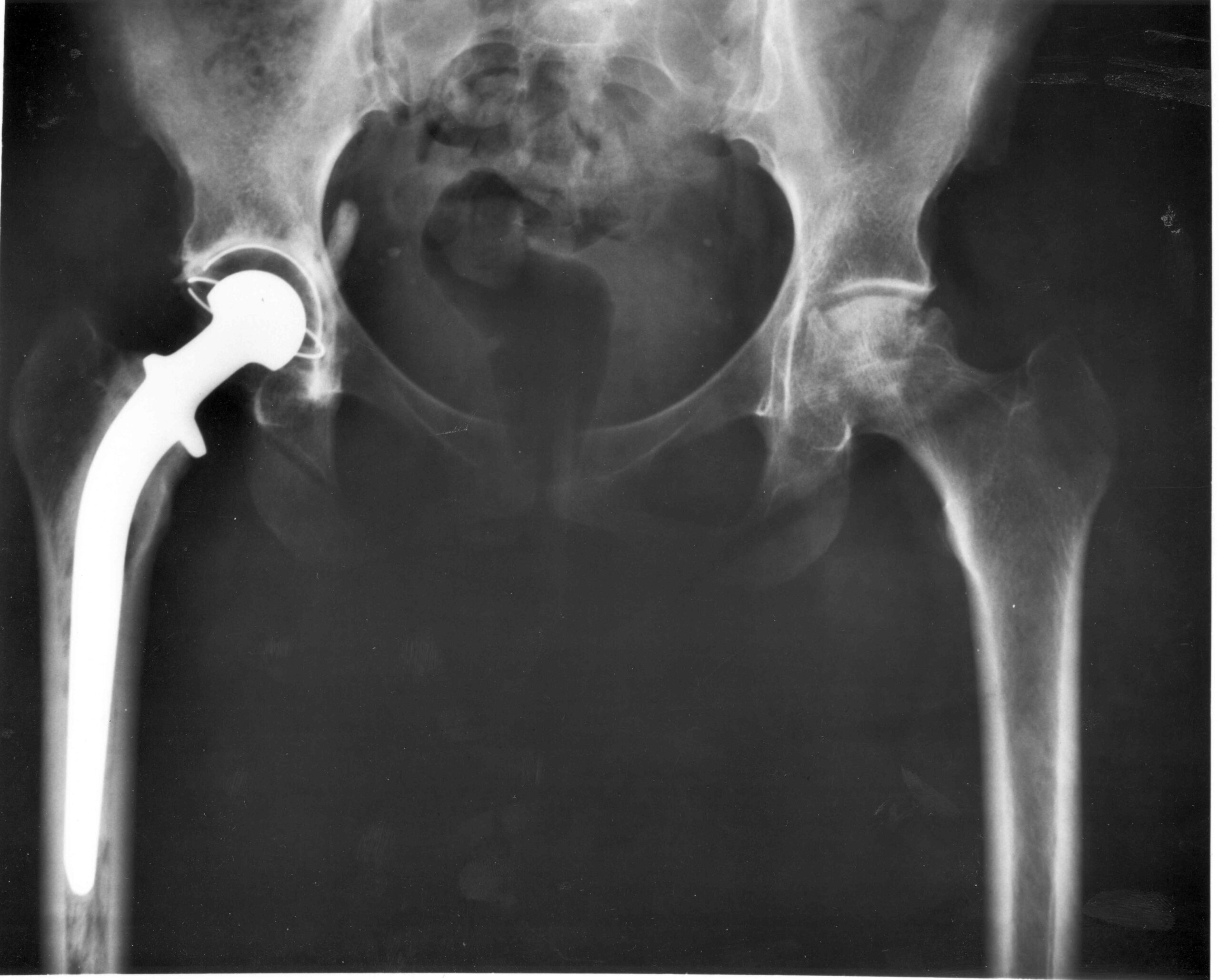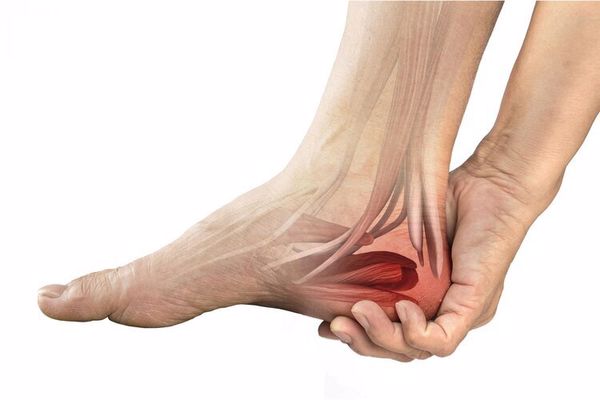What you do not know about knee cartilage rupture
Knee cartilage is one of the most important cartilages that exist in the human body and has a major role in controlling the movement of the individual and the ability to practice his daily activities, and thus injury to a rupture of the cartilage may affect the individual greatly. Follow the following article with us to learn more information on this topic.
Knee cartilage rupture
Knee cartilage rupture is one of the most common types of injuries that individuals suffer from, as this may occur as a result of making a sudden wrong movement or exaggerated rotation of the knee while placing the body weight on it completely, and the treatment may often be by taking plenty of rest, taking pain relievers, and applying warm and cold water compresses in order to reduce the severity of pain and symptoms resulting from that injury, which are represented in the following:
- A popping sound immediately after the injury.
- Knee swelling, inflammation, and stiffness, especially in the morning.
- Feeling severe pain often hinders the movement of the individual.
- Inability to fully straighten or bend the knee.
- Loss of ability to balance.
What is knee cartilage?
Knee cartilage is a type of connective tissue that is found in many places in the body of an individual and that is significantly different from other tissues, as it does not contain blood vessels and nerves, but rather is surrounded by a gelatinous substance that provides the cells with what they need, and there are two types of cartilage in the knee:
- Articular cartilage: It is the one that is connected to the bones and joints between the thigh and the knee.
- Meniscus: It is not connected to the ends of the bones like the articular cartilage, but it is present at the ends of the bones in order to protect the joints.
Many reasons may lead to damage to the knee cartilage, for example:
- A direct hit to the cartilage or an accident.
- The tear occurs as a result of improper overuse of cartilage.
- Not staying in a state of activity, lethargy, and laziness most of the time, which reduces the flexibility of the joints and negatively affects their health.
Knee cartilage treatment with herbs
- Chamomile: Its therapeutic benefits are because it contains luteolin, flavonoids, hydroxycoumarin, and azoline, which play a major role in reducing inflammation and tumors.
- Figs: It is very effective in healing knee cartilage diseases because it contains many benefits.
- Cabbage: It helps greatly in relieving joint pain and treating osteoporosis.
- Broccoli: It plays a major role in the treatment of knee cartilage, as it helps to get rid of roots that cause infections.
- Celery: contains many benefits and helps treat gout and arthritis.
- Beans: Because they contain amino acids and proteins, they help build cartilage tissue.
Knee cartilage rupture treatment
In order to treat knee cartilage rupture, there are two methods, the most appropriate of which is determined according to the severity of the injury and the development of the individual’s condition, namely:
Home treatment
This is done by following the doctor’s instructions well and doing the following:
- Wear knee braces that protect the cartilage.
- Take plenty of rest and avoid any activities that require high physical effort.
- Make sure to raise the affected foot higher than the rest of the body.
- Take painkillers such as acetaminophen and ibuprofen.
Medical treatment
This method is resorted to in more severe injuries, and this is represented in:
- Physiotherapy: This is done by using a specialized physiotherapist to do exercises aimed at strengthening the muscles around the knee cartilage and relieving pain.
- Surgical treatment: This is the last solution after exhausting all other methods of treatment and noticing that this does not work for the patient.

